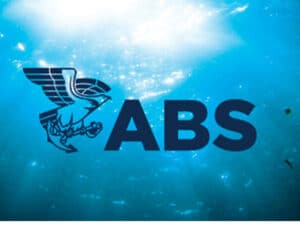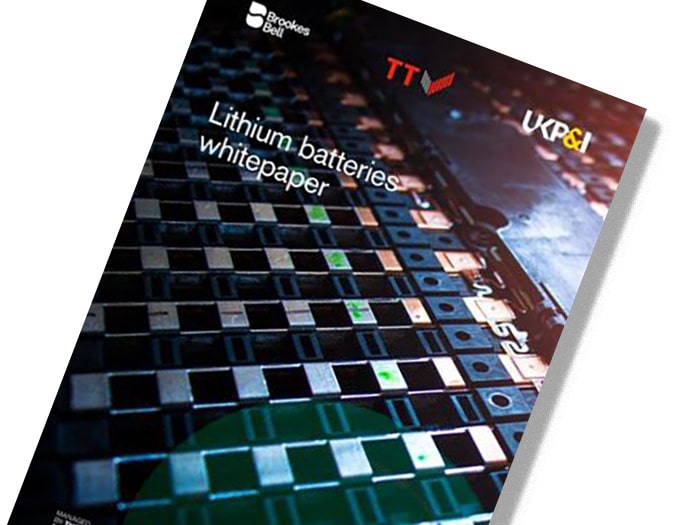
Insurers release white paper on lithium-ion battery transportation risks
Written by Nick Blenkey
A number of recent ship fires have underscored the continuing safety threat created by the transportation of lithium-ion batteries.
Now insurance providers TT Club and UK P&I Club (both Thomas Miller managed mutuals) have joined with technical and scientific consultancy, Brookes Bell to release a free white paper that brings greater awareness of the dangers inherent in the carriage of lithium-ion batteries, particularly by sea.
It comes as the increased demand for “green power” for a wide range of portable devices and larger products, such as electric vehicles, points to the production and transport of these batteries rising exponentially in the coming years.
The white paper aims to raise awareness of the potentially catastrophic situation that can be caused by battery failure and to correct a widely held perception in the maritime community that risks in the supply chain of such products are relatively small.
“Recently, serious and sometimes catastrophic incidents involving lithium-ion batteries have become more commonplace, with fires reported in all modes of transport – ocean, air and land — as well as in warehouses and where such consignments are at rest,” says Peregrine Storrs-Fox, TT’s risk management director.
As loss prevention director at the UK P&I Club, Stuart Edmonston is no stranger to the damage ship fires can cause.
“The consequences of battery failure and the resultant thermal runaway must be clearly understood and the correct procedures for handling them adhered to throughout their lifespan,” he warns. “The dangers can exist no matter the status of the battery; charged, semi-charged, used, second-hand or scrap, and whether present in devices and vehicles or packaged separately.”
Topics covered in the white paper include details of the background science behind lithium-ion batteries, the dangers associated with transporting them and why they arise, such as insufficient testing and incorrect declaration.
The paper also provides a review of current dangerous goods (DG) regulatory provisions, focusing on the International Maritime Dangerous Goods (IMDG) Code, with recommendations for change or further work.
The final section of the paper discusses the current state of the firefighting provisions of the code and changes that could be implemented. However, the authors don’t limit their risk prevention advice to technology aimed at extinguishing fires once begun. They also put forward guidelines to help pre-empt dangerous incidents by correct classification and declaration, safe and effective packaging, mandatory markings and labeling, uniformity of regulations on testing and suitable storage environments for batteries awaiting transport.
“While increased industry awareness is crucial and technology to monitor and restrict fires is advancing, the increased capacities of batteries and the expected rise in trade volumes means regulations are potentially not fit for purpose, having been slow to catch up,” says Karwei So, managing scientist at Brookes Bell.
- Download the free white paper HERE




